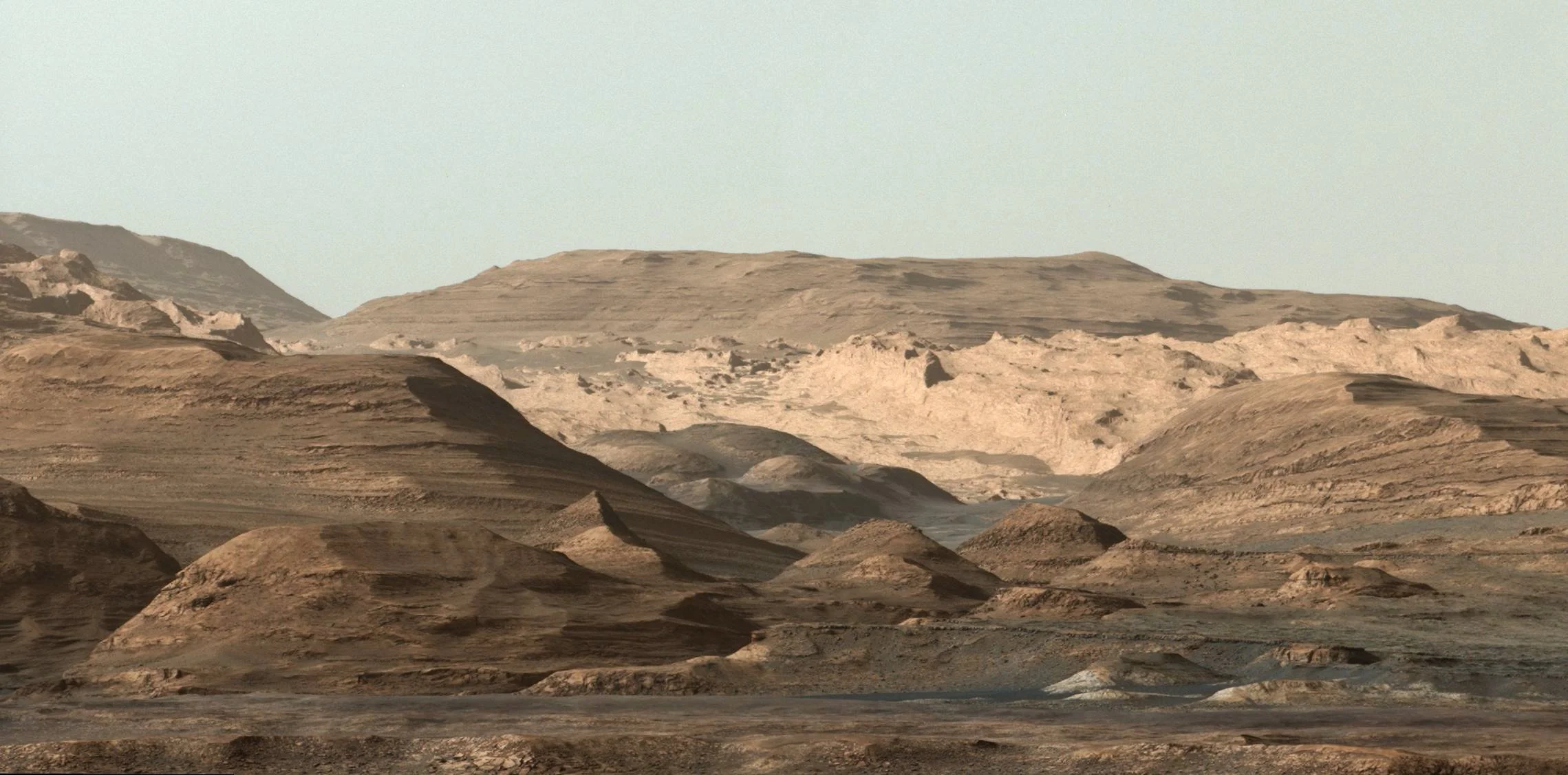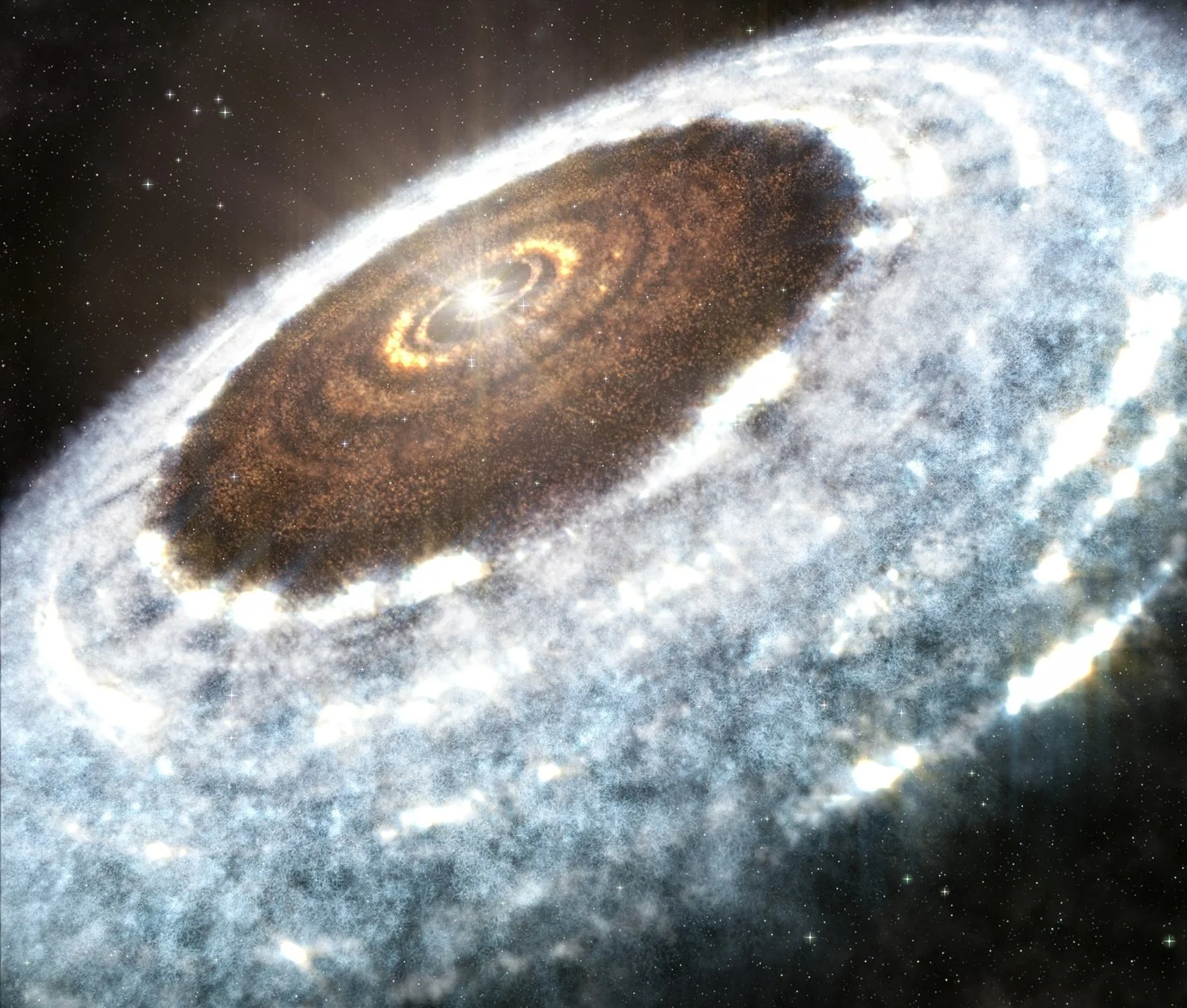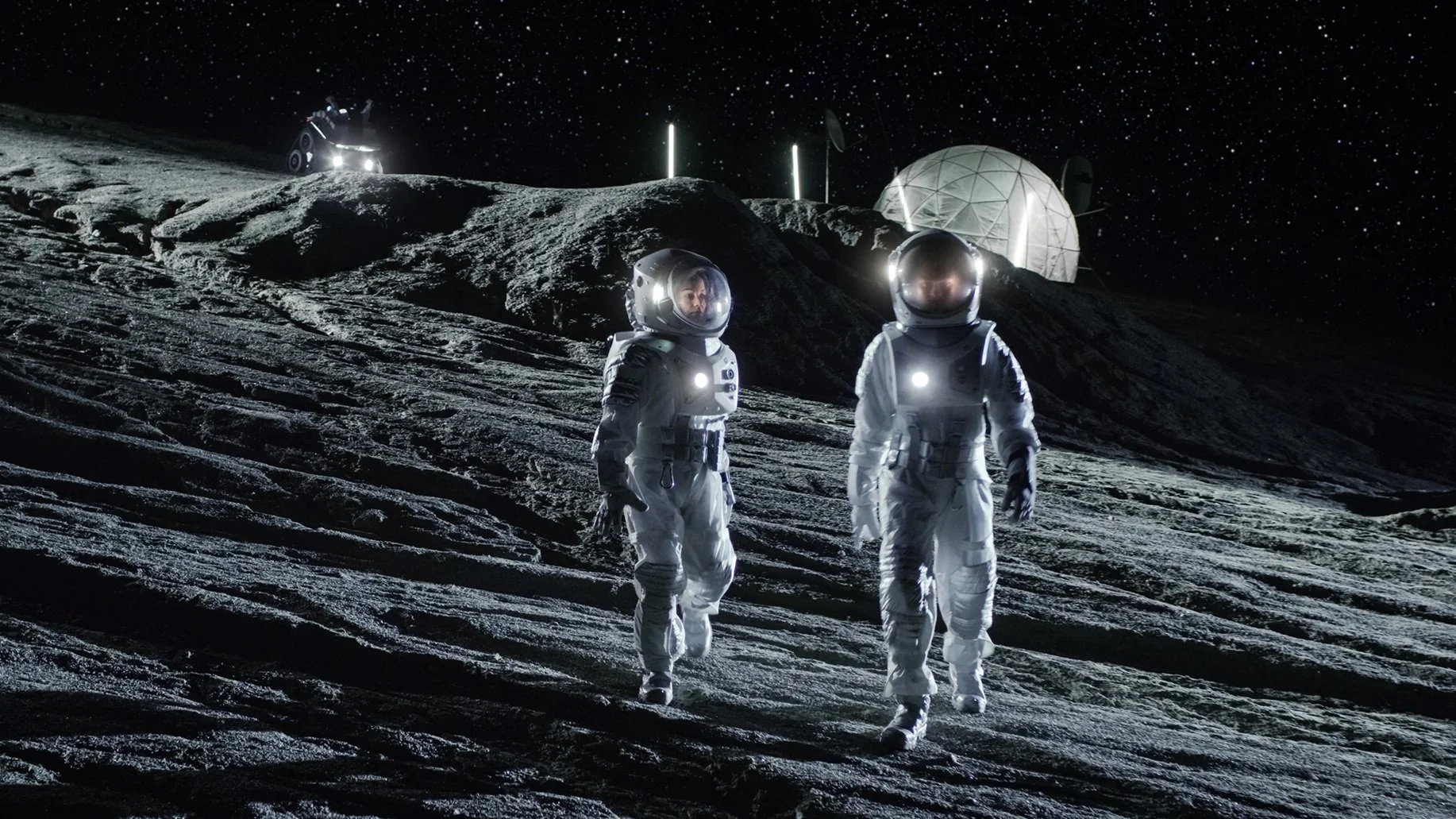Mars, our neighbouring planet, is now a cold and dusty desert. But billions of years ago, it looked a lot different, covered in rivers and lakes that left behind canyons and valleys.
What changed Mars from a potentially habitable world into the barren planet we see today? Scientists at the University of Chicago have taken a significant step toward understanding this mystery.
A barren wasteland now, but it might have looked very different in the past - (Image Credit: NASA/JPL-Caltech/MSSS)
Mars and the Mystery of Missing Water
Scientists have long known Mars once had water flowing across its surface. But how did a planet that started so similar to Earth lose its warmth and moisture? A recent study led by Edwin Kite, a planetary scientist from the University of Chicago, proposes a new explanation. Published on July 2 in the journal Nature, the research suggests Mars occasionally warmed up enough for liquid water thanks to the sun's increasing brightness. But unlike Earth, Mars couldn’t sustain these warmer conditions for long.
The team found evidence that Mars’s atmosphere likely ended up trapped in carbonate-rich rocks. NASA’s Mars rover Curiosity recently discovered these minerals, providing critical clues. Kite explains, "We've had this huge unanswered question of why Earth has remained habitable, while Mars lost its warmth. Our findings suggest that Mars naturally tends to revert back to desert-like conditions."
Interesting article: There’s a chance that life could have lived deep underground on Mars - (Universal-Sci)
How Mars Lost Its Atmosphere
The story of Mars's transformation hinges on carbon dioxide, a gas critical to keeping planets warm. On Earth, carbon dioxide cycles between rocks and atmosphere through volcanic activity, helping maintain temperatures suitable for life. On Mars, however, volcanoes eventually became dormant. Without regular volcanic activity to replenish atmospheric carbon dioxide, the gas steadily became locked away in rocks, pulling Mars into a long-term freeze.
The researchers built detailed models that show Mars likely experienced brief, warmer intervals, each followed by millions of years as a barren desert. "On Mars, even a small amount of water quickly leads to carbon dioxide being captured into rocks, removing the gas from the atmosphere," Kite explains. Without volcanoes releasing it back, Mars couldn't sustain warmth, making prolonged habitability impossible.
A Golden Age for Exploring
MarsCuriosity’s discovery of carbonate minerals on Mars’s Mt. Sharp was a turning point. Scientists had long been puzzled by the absence of clear evidence of these carbonates—critical indicators of atmospheric loss. The rover’s findings have finally given researchers the "missing tomb" of Mars's atmosphere, helping piece together the planet’s mysterious past.
Benjamin Tuto of the University of Calgary, a co-author of the study stated discoveries like these only became possible once we put rovers on Mars. The chemical insights provided by these missions are essential to understanding planetary habitability, both in our solar system and beyond.
As Mars exploration continues with rovers and orbiters from various international teams, scientists remain hopeful that more mysteries will be solved, inching us closer to understanding our place in the universe—and the delicate conditions needed to sustain life.
If you are interested in more details about the underlying research, be sure to check out the article published in the peer-reviewed journal Nature, listed below.
Sources, further reading and more interesting articles:
Carbonate formation and fluctuating habitability on Mars - (Nature)
There’s a chance that life could have lived deep underground on Mars - (Universal-Sci)
Mars colony: how to make breathable air and fuel from brine - (Universal-Sci)
Earth has a Water Cycle. Mars has a Dust Cycle - (Universal-Sci)
Too busy to follow science news during the week? - Consider subscribing to our (free) newsletter - (Universal-Sci Weekly) - and get the 5 most interesting science articles of the week in your inbox
FEATURED ARTICLES:








